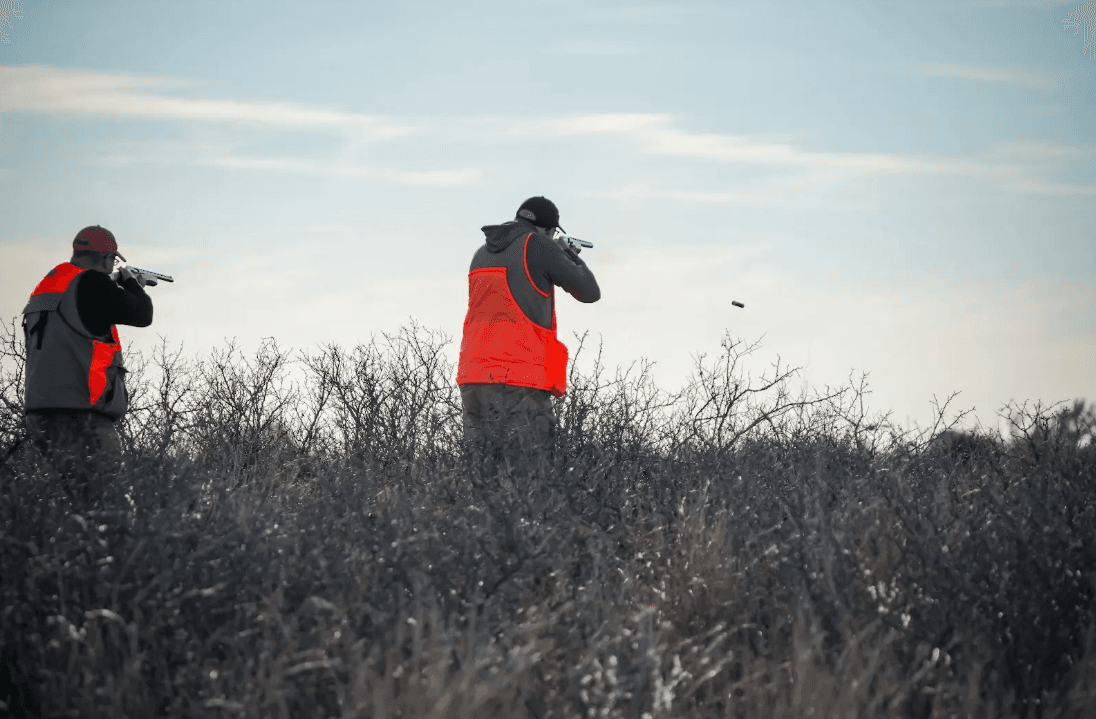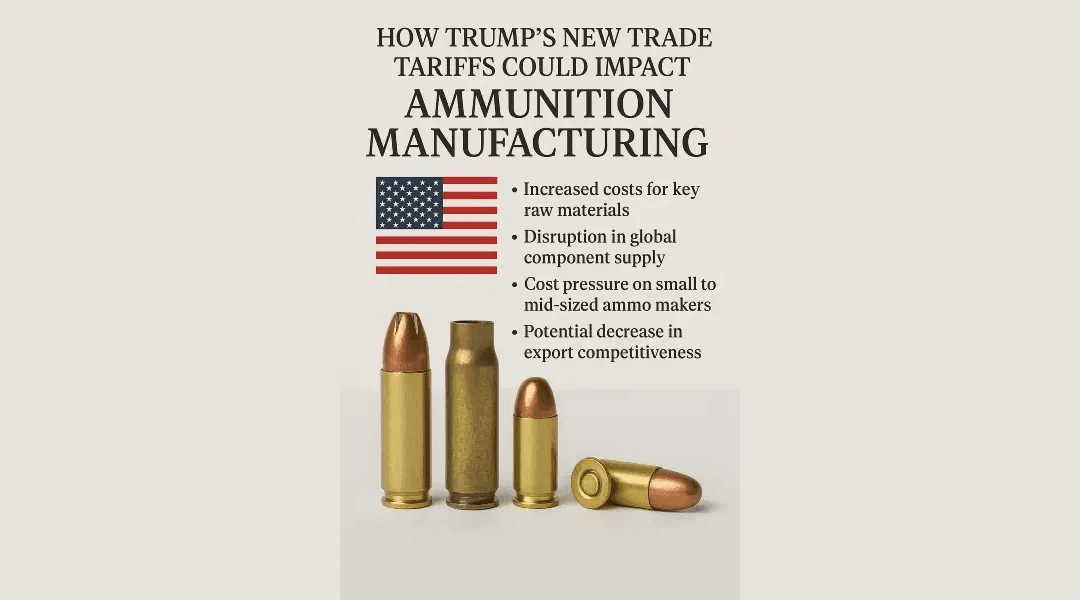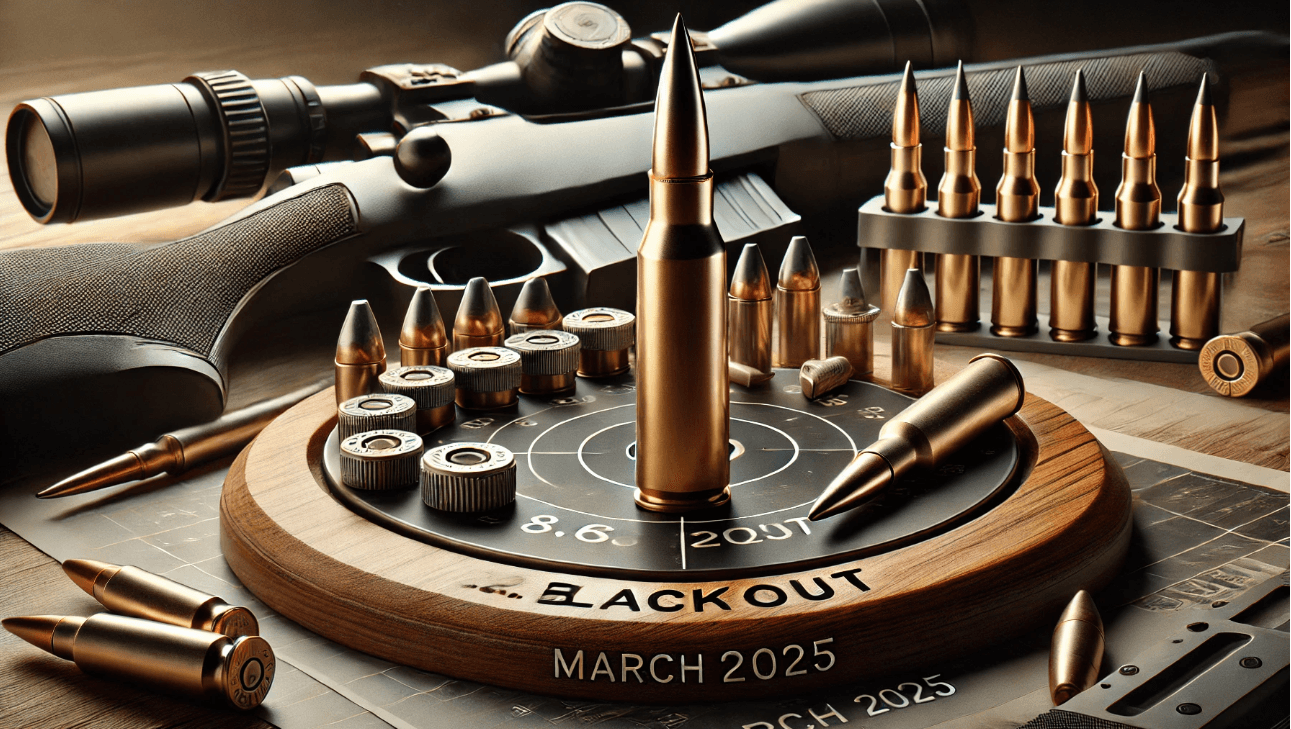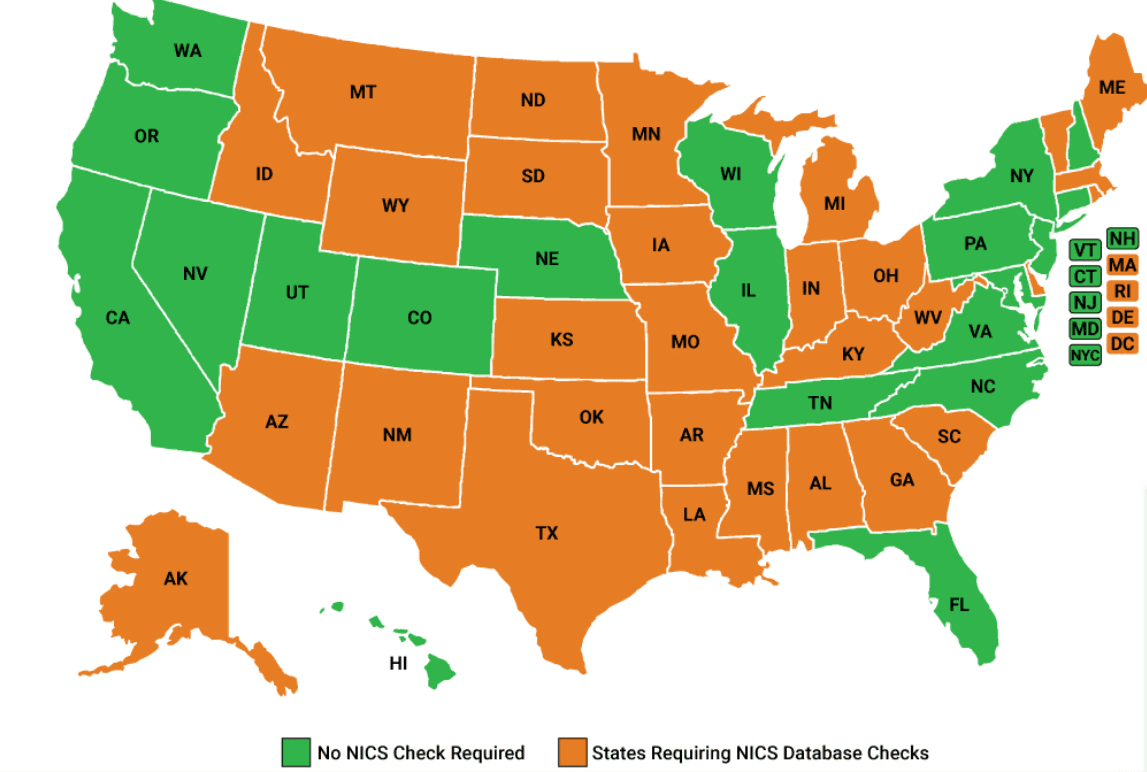Shotgun Shell Technology And How It’s Changing Pheasant Hunting
Posted Apr 21, 2025

Among the countless traditions you can find across the world of hunting, the beauty of a pheasant hunt holds a spot quite high on that list.
The feeling of a crisp morning, paired with loyal bird dogs and the satisfying snap of a flushing birds holds a special place in the hearts of hunters all across the world.
Now, while tradition holds true and most hunters make a point to hold their rituals dear, the technology and the ammo in their pockets have certainly changed.
At Detroit Ammo Co., we’ve been around the block long enough to see just how far shotshell technology has come, so if you haven’t taken a step back and reevaluated your load in a while, it’s time to take a second look.
From the first paper hulls to today’s ultra-dense tungsten loads, innovation in shotshells is giving upland hunters more precision, range, and consistency than ever before.
To get a better understanding of what exactly we’re talking about, let's take a look at how these advancements are transforming the way America hunts its favorite game bird.
The Evolution of the Shotshell
As you might surmise, the evolution of modern shotshells didn’t happen overnight.
Early hunters have relied on paper shells and lead shot for generations, being simple and effective, but with its drawbacks.
Over time, paper hulls were, in most regions, phased out and replaced by plastic hulls with far stronger moisture resistance and reloadability.
From there, one-piece plastic wads further improved shot patterns. Non-corrosive primers and clean-burning powders only added to the improvements, making for better range and field days that became far less messy.
In today’s world of shotshells, we see options that are more and more engineered and advanced every year.
It’s no longer about just throwing some pellets downrange. We’re talking precision in every component, from the hull and primer down to the powder, wad, and shot.
Every aspect of the shot has been meticulously upgraded and optimized to work in perfect harmony.
Plastic Wads: Underrated Game-Changers
One of the most overlooked innovations is the modern wad. These wads work wonders when it comes to not only cushioning the shot but controlling the pattern as well.
Older, more traditional fiber wads leaked gas, created uneven spreads, and allowed pellets to deform.
To solve this issue, modern one-piece plastic wads protect the shot from the barrel, helping to maintain a tighter group and deliver far more consistent patterns for the hunter.
So, whether you’re running a full choke or prefer a more forgiving improved cylinder, the right wad will give you cleaner, more accurate shots on your pheasants.
And for longer-range pheasant shots that are more common in open field hunts, manufacturers have developed more advanced flight-control wads that allow for extended pattern density and reach.
Steel, Bismuth, and TSS: Rethinking the Pellet
In the upland bird and wingshooting world as a whole, lead has long been king when it comes to stopping power.
While that has been the truth for countless generations, lead is no longer the only game in town.
Increasingly stringent environmental regulations and performance demands have driven a wave of non-toxic innovation that is steering the industry away from lead.
Let’s break it down:
Steel Shot
At the top of the list, steel is by far the most common non-toxic substitute.
It’s cheap and legal just about everywhere lead is banned. One downfall is that steel is less dense than lead, so steel shot does lose energy quicker and calls for larger shot sizes to compensate for that fall-off.
That often means tighter chokes and shorter effective ranges for hunters in the field.
Bismuth
When it comes to pellets for upland hunters, there is a known sweet spot among hunting groups for bismuth.
It’s denser than steel, but softer than tungsten, making it safe to use in vintage shotguns if you’re trying to find the right ammo for your shotgun.
It also performs closer to lead and patterns quite well, making a solid option for hunters who require that non-toxic shot without losing any of the versatility.
Tungsten Super Shot (TSS)
Lastly, if you haven’t heard of TSS, you’re missing out on the biggest advancement in shot technology in the last 20 years.
Coming in at 56% denser than lead TSS can operate with smaller shot sizes and still carry more energy farther and in a tighter pattern.
To give you a frame of reference, a #9 TSS pellet can outperform a #5 lead pellet in penetration and effective range.
While, yes, it can be the costly option, sure, but if you’re serious about getting clean, long-range shots on pheasants, nothing else comes close.
Shell Velocity: Is Faster Always Better?
A lot of hunters often assume that more velocity means more knockdown power. While on the surface that makes perfect sense, the truth is not that simple.
Sure, high-velocity shells (1,400+ fps) pack a hell of a punch, but they also generate more recoil and can cause patterns to blow open too quickly. That can ultimately lead to inconsistent hits and cripples.
Moderate-velocity shells (1,200–1,300 fps) are usually the sweet spot. They offer better pattern density, manageable recoil, and plenty of power for pheasant-sized birds at most necessary ranges.
Just remember, velocity affects pattern performance as much as it does energy. Faster isn’t always smarter.
What is the Right Gauge?
We get this question all the time:
“Should I go with a 12 or a 20 for pheasants?”
The answer? It depends on the load, not just the gauge.
A modern 20-gauge loaded with high-density bismuth or TSS will outperform an old-school 12-gauge with soft lead any day of the week.
When it comes to general preference, the team at 10 Gauge Outfitters out at their pheasant hunting outfit in Kansas does a good job providing a 10-thousand-foot view:
“Most hunters will go with the 12-gauge option. However, hunters who want a shot with less recoil might choose a 20-gauge. They choose the 12-gauge option because they have more power and range. Those who prefer a 20-gauge may be younger hunters or people with smaller frames who want the lighter recoil.”
Now, today’s advancements also let hunters downsize their firearms without sacrificing effectiveness. That means lighter guns, less fatigue, and more enjoyable hunts.
At the end of the day, don’t get hung up on the gauge alone. Focus on the shell’s construction and your shooting ability.
Pattern Testing: The Missing Step in Most Hunters’ Prep
This might be the most critical point of all. No matter how expensive or advanced your ammo is, if it doesn’t pattern well in your gun, it’s not the right shell.
Different barrels, chokes, and ammo all interact differently.
If you haven’t tested your pattern at 30–40 yards on a turkey target or a large sheet of paper, you’re gambling with how you will perform out in the field.
At Detroit Ammo, we encourage every upland hunter to pattern their shotgun with the exact load they plan to use in the field. It’s the only way to really know what your shot is doing downrange.
What We Offer and What We Recommend
We carry a wide range of upland game loads, including:
- Lead options from trusted names like Remington and Federal for states where lead is legal
- Steel loads for waterfowl zones and mixed hunts
- Bismuth upland shells for traditional shotguns and non-toxic zones
- TSS blends for those who want the absolute best in range and penetration
We’re not here to sell hype, we’re here to help you make an informed decision to give yourself the best shot at a full bag of pheasants.
Whether you’re hunting in heavy cover or wide-open country, there’s always a load that fits your needs, and we’re happy to walk you through the options.
The Ethics of Innovation
At the end of the day, any hunter's goal is simple: fast, clean, accurate kills.
Today’s ammo advancements are making that goal easier and more reliable than ever.
But all the technology in the world can’t replace good shot placement, responsible hunting, and knowing your limitations. What it does do is give you every edge possible to hunt smarter, shoot better, and respect the game you pursue.
If it’s been a while since you looked into what’s new in pheasant loads, now’s the time. Visit our shop or give us a call. Let’s talk ammo.


